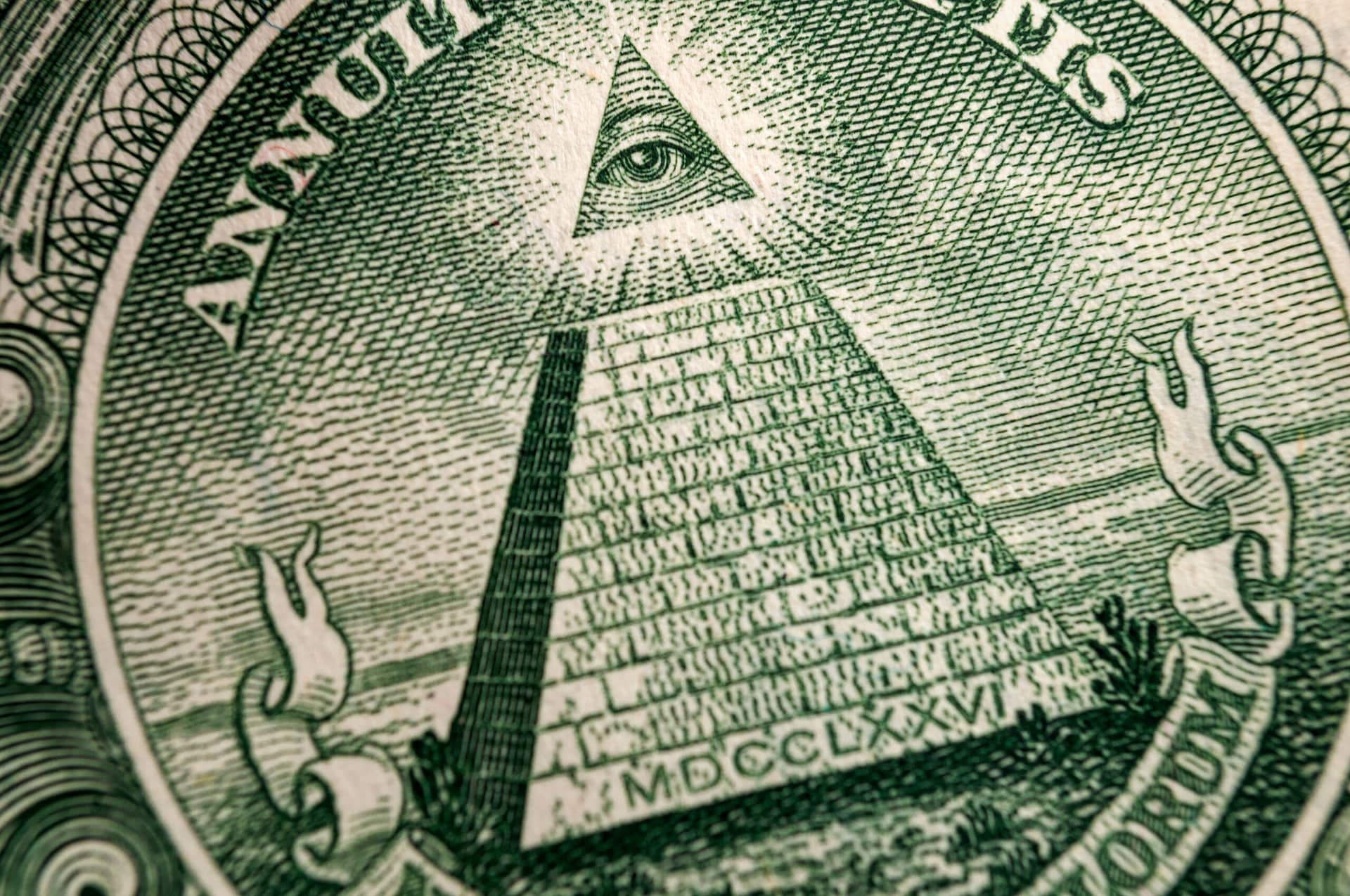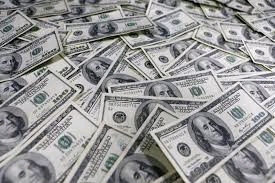Discover the Secrets Behind the copyright and Their Influence on Culture
The copyright, typically shrouded in misconception and conjecture, offers an interesting situation research study of exactly how historical suitables can morph into modern-day conspiracy theory concepts. As we discover its beginnings, influence on innovative thought, and portrayal in contemporary society, we start to discover the layers of intrigue that continue to captivate society.
Beginnings of the copyright
The copyright, often shrouded in mystery and supposition, traces its beginnings back to the late 18th century. Developed in 1776 in Ingolstadt, Bavaria, the group was founded by Adam Weishaupt, a teacher of canon regulation. Weishaupt intended to promote Enlightenment worths, consisting of reason, secularism, and the splitting up of church and state. At first called the Bavarian copyright, the company's main objective was to respond to the pertinent influence of religious conviction and promote intellectual discourse amongst its participants.
The copyright embraced an ordered structure, attracting motivation from Freemasonry, which permitted for secretive conferences and rituals - how to become a freemason. Subscription was selective, incorporating prominent numbers from different areas, including national politics, viewpoint, and scientific research. This elite network sought to effect social and political adjustment with private means, promoting for the rights of individuals and the improvement of society
In spite of its reasonably short presence, the Bavarian copyright was formally disbanded in 1785 because of federal government suppression. Its legacy endured, providing surge to numerous conspiracy concepts and preferred society references that continue to prompt intrigue and dispute regarding its effect on contemporary society.
Secret Myths and False Impressions
Amidst the attraction of privacy bordering the copyright, countless misconceptions and false impressions have actually arised, commonly distorting the group's true nature and intentions. One widespread misconception recommends that the copyright manages the world's governments and economies. While it holds true that the team intended to influence societal frameworks, the idea that it operates as a cohesive international creature master is mainly exaggerated.
Another typical false impression is that all members of the copyright possess substantial riches and power. In truth, the original copyright consisted of pundits and Enlightenment thinkers, several of whom looked for reform rather than dominance. In addition, the concept that the copyright exclusively hires stars and political figures is misleading; subscription has traditionally consisted of a diverse variety of individuals.
In addition, conspiracy theories commonly repaint the copyright as a sinister company intent on international domination with villainous means. Thus, separating truth from fiction is crucial for a clearer understanding of the copyright's function in culture.
Historic Impact on Culture
Throughout history, various intellectual motions have greatly affected social frameworks, and the copyright played a significant role during the Enlightenment. Established in 1776 in Bavaria, the copyright intended to advertise factor, secularism, and the wondering about of developed authority, countering the supremacy of spiritual conviction. This company drew in significant thinkers and supporters of freedom, cultivating a setting click to investigate conducive to the dissemination of Enlightenment ideals.
The copyright's ethos championed rational thought and empirical proof, which added to the more comprehensive intellectual landscape that urged social reform and political adjustment. Participants looked for to improve society by promoting for education, freedom of speech, and the separation of church and state. Their private nature and enthusiastic schedule stimulated both intrigue and suspicion, resulting in their eventual suppression by the Bavarian federal government in 1785.
Regardless of their dissolution, the tradition of the copyright lingered, affecting innovative movements throughout Europe and the Americas. Their dedication to knowledge principles helped prepare for modern-day democratic ideals and civils rights, leaving a lasting imprint on the structures of contemporary society. how to become a freemason. The attraction of their deceptive gatherings and thoughtful searches continues to captivate the creative imagination, highlighting their historical significance
Modern Interpretations and Beliefs
Contemporary analyses of the copyright typically blend historic truth with conspiracy concepts, creating an intricate tapestry of beliefs that capture prominent imagination. While the initial copyright was a Bavarian secret society founded in 1776 with Knowledge ideals, modern-day beliefs have actually developed to incorporate a large array of analyses, frequently concentrating on styles of control and privacy.

Moreover, some modern analyses presume that the copyright serves as an allegory for the struggle in between enlightenment and ignorance, with supporters promoting recognition and vital reasoning as a way to counteract regarded this article oppression. This duality-- watching the copyright as both a literal and symbolic entity-- highlights the ongoing attraction with the concept, showing deeper social anxieties concerning power, transparency, and private autonomy in the contemporary globe.
The copyright in Popular Culture
The copyright has actually infiltrated different elements of pop culture, manifesting in literature, movie, music, and art as a sign of intrigue and enigma. This secret society, commonly portrayed as a shadowy force adjusting global events, has actually motivated numerous stories that discover themes of power, conspiracy, and surprise knowledge.

Music, as well, has actually been influenced by the principle of the copyright. Artists like Jay-Z and Beyoncé have actually faced supposition regarding their associations with the culture, triggering conversations about importance in their work and the nature of popularity.
Aesthetic art typically includes copyright themes, with musicians utilizing signs like the Eye of Divine superintendence and the pyramid to evoke a sense of enigma. Through these different tools, the copyright serves not only as a topic of supposition but likewise as a lens via which society examines its very own intricacies and worries.
Final Thought

Comments on “Gain Access to Exclusive Opportunities by Deciding to Join copyright This Year”